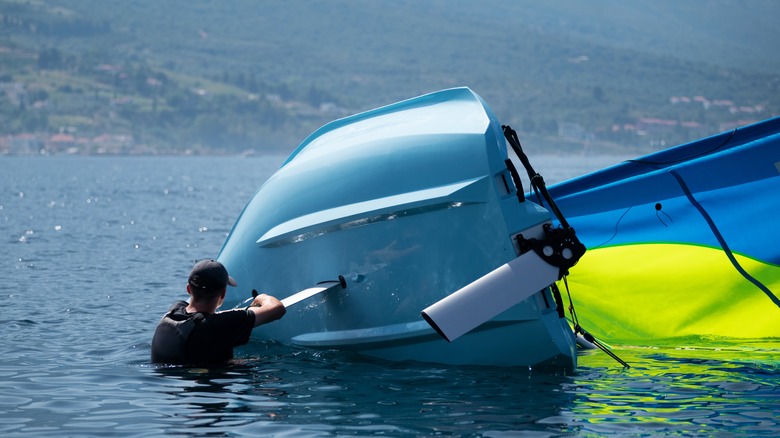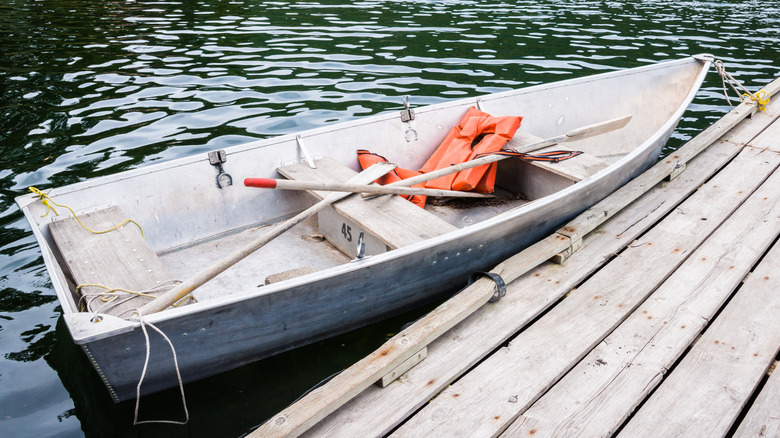How To Survive If Your Boat Capsizes
Summer sees a surge in recreational boaters across the United States, and along with this increase in boating activity comes a surge in boating mishaps, accidents, injuries, and deaths. Summer is when most boating accidents occur, and one of the most common accidents among recreational boaters is capsizing — flipping, overturning, or swamping (filling the boat with water). This is serious situation that can even be life-threatening. In fact, it is one of the most common ways people die while fishing and is a leading cause of both injuries and deaths among boaters. A capsizing event will become infinitely more dangerous if you, as well as everyone on board, are not prepared and do not know what to do.
The priority when a boat capsizes is survival. Given that any boat, canoe, raft, or kayak can flip over, regardless of size, it is important that everyone who spends time on the water is properly prepared and knows how to survive if their boat capsizes.
Be prepared before you leave the dock
The causes for a boat capsizing are varied, but the reason for it is quite simple: The boat becomes unstable. The causes of this instability vary. Sometimes it's driven by mistakes made by paddlers or boaters, such as turning too sharply, not properly distributing weight in the vessel, or not being aware of the conditions. Other causes are beyond the boater's control. These include things like an undetected flaw in the vessel or suddenly inclement conditions. So, it is important to realize and remember that capsizing is a possibility for even the best boaters.
While it may be unavoidable at times, being prepared for such an unfortunate happening (as well as any other accident) is entirely within your control. That preparedness begins before you even leave the dock. It is important that you are equipped with all the Coast Guard required safety equipment. Additionally, everyone on the boat needs to know where these vital life-saving items are located and how to use them.
Steps to take if your boat capsizes
Regardless of the reason, once a boat has flipped, the focus needs to be on making sure everyone gets out of the water safe, sound, and, most importantly, alive. While no two capsizing events are exactly the same, the step you need to take remains essentially the same.
The first thing you should do is to check for other passengers and do a head count and make sure everyone is accounted for. If anyone is not wearing a life jacket, they should put one on. You should always stay with the boat. It may be possible to right (turn over) a small boat, but if that is not a possibility, climb on top of the vessel if you can. If not, at least hold onto it. This will help you stay afloat and also make it much easier for rescuers to spot you. The basic rule of thumb is that you should not attempt to swim for help if you are more than 50 meters from shore. Finally, signal for help by using whatever means are available, whether that's via devices such as horns and whistles, flares, or just by waving arms and clothes, mirrors, or any other attention-getting object you happen to have on you.


